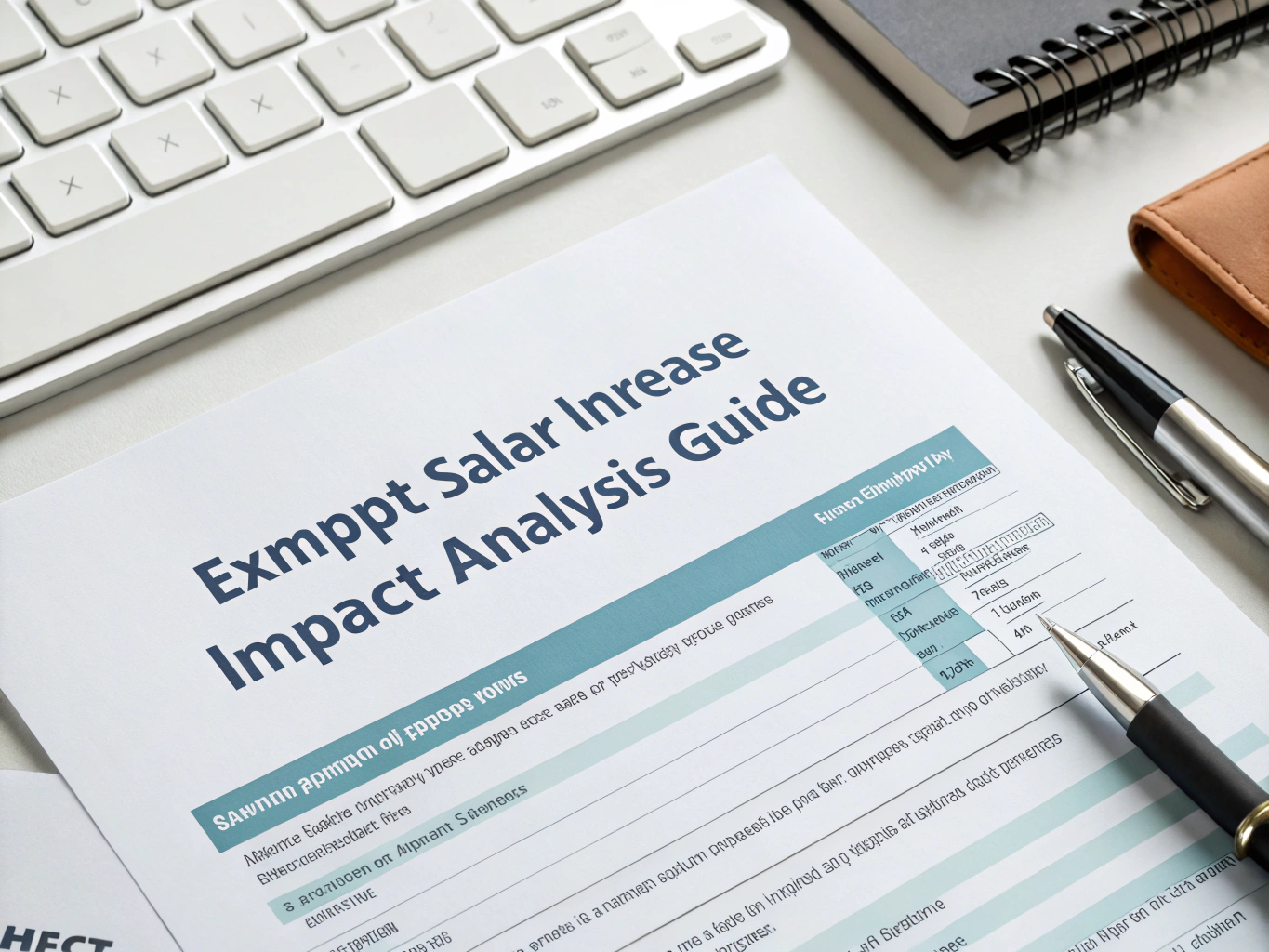What is a Job Requisition?
A job requisition is a formal request to fill a specific position within your organization. It serves as a blueprint for the hiring process, ensuring that everyone involved understands the role’s requirements, responsibilities, and the qualifications needed. You typically use this form when a position becomes vacant or a new role is created, helping streamline the hiring workflow and maintain clarity among stakeholders.
Template
Below is a template you can customize for your organization’s needs:
Job Requisition Form
Purpose and Benefits
The job requisition form serves multiple purposes in your hiring process. It not only formalizes the request to fill a position but also aligns the hiring strategy with organizational needs. By using this form, you create a clear pathway for recruitment, ensuring all stakeholders are on the same page.
- Streamlined Hiring Process: A standardized form simplifies the recruitment workflow, making it easier to track and manage requests.
- Clarity and Consistency: It ensures everyone involved understands the requirements and expectations for the role, reducing miscommunication.
- Compliance and Accountability: Documenting approvals and requirements aids in maintaining compliance with internal and external policies.
- Strategic Alignment: The requisition helps ensure that hiring decisions align with business goals and budgetary constraints.
Essential Components
In order to create an effective job requisition, certain key elements must be included:
- Job Title and Description: Clearly define the role and its responsibilities to attract suitable candidates.
- Qualifications and Requirements: Outline essential skills and experience to ensure candidates meet the role’s demands.
- Location and Reporting Structure: Specify where the position is based and who the role reports to, aiding in organizational clarity.
- Compensation and Benefits: Provide a salary range and benefits details to set expectations for candidates.
- Recruitment Timeline: Include key dates for the hiring process to keep all parties informed.
- Approval Workflow: Identify who needs to approve the requisition for accountability and transparency.
How to Use This Form
To maximize the effectiveness of the job requisition form, follow these practical steps:
- Complete All Sections: Ensure every part of the form is filled out thoroughly to avoid delays in the hiring process.
- Consult with Stakeholders: Discuss the requisition with team leaders and HR to align on the role’s needs and expectations.
- Regularly Update: Revisit the requisition periodically to reflect any changes in job requirements or organizational priorities.
- Document Approvals: Secure necessary approvals promptly to prevent bottlenecks in the recruitment process.
Legal and Compliance Considerations
When creating a job requisition, it’s crucial to adhere to relevant labor laws and regulations. Ensure that the language used in the job requisition is compliant with equal opportunity employment laws and does not discriminate based on race, gender, age, or other protected categories. Always consult your legal team if you have questions regarding compliance.
Best Practices
To enhance the effectiveness of your job requisition forms, consider these best practices:
- Use Clear Language: Avoid jargon and keep the language simple to ensure all stakeholders understand the requisition.
- Involve Relevant Departments: Get input from finance and operations to ensure the requisition aligns with budget and workforce planning.
- Review for Accuracy: Double-check all details before submission to minimize errors and miscommunication.
- Leverage Technology: Utilize HR software to track requisitions and streamline communication among team members.




